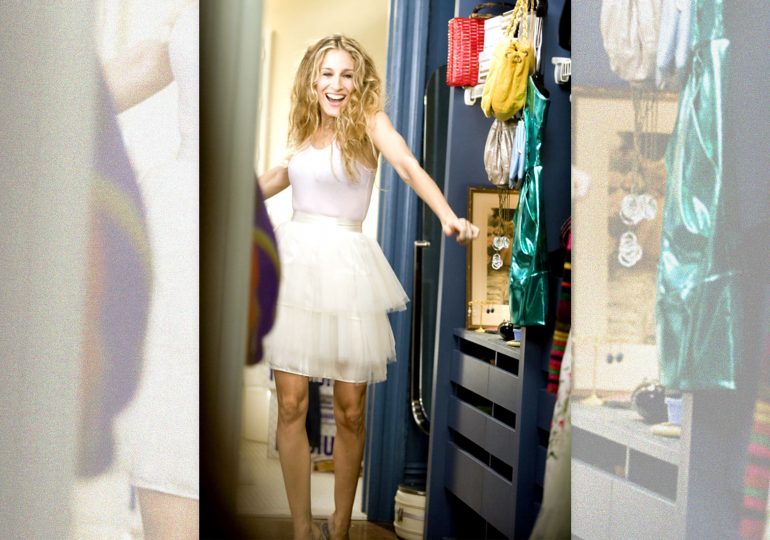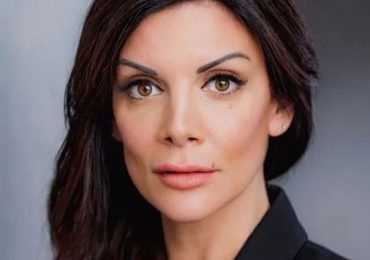There may be no other contemporary TV character as closely associated with fashion as Carrie Bradshaw. The Sex and the City heroine was a sex columnist with an affinity for emotionally unavailable finance guys, but the true way to her heart could be found in her closet: so much so that, she once confessed, she could not buy her apartment because she had 100 pairs of Manolo Blahnik shoes. And though Carrie had plenty of show-stopping looks during the six seasons that the show was on the air, there was none more iconic that the look that started it all—the white tutu skirt she wore with a pink leotard during the opening credits of the show.
[time-brightcove not-tgx=”true”]
The whimsical yet sexy look was the brainchild of legendary costume designer Patricia Field, who wrote in her 2023 memoir, Pat in the City: My Life of Fashion, Style, and Breaking All the Rules, that she got the skirt for the bargain price of $5, fishing it out of “five-dollar bin at a midtown fashion showroom.”
“I pulled and out came a sort of chic white tutu,” Field wrote. “I imagined pairing the short, tiered tulle skirt with a small tee or tank for a look that was both contemporary and cool…the tutu-style skirt was whimsical, adventurous, and unexpected—kind of like this show, ‘Sex and the City.’”
Read more: A True New Yorker Would Never Give Up Carrie Bradshaw’s Apartment
Though the tutu had humble beginnings, it’s now on the auction block with Julien’s “Unstoppable: Signature Styles of Iconic Women in Fashion” auction, which will take place on Jan. 18 and includes dresses that were worn by the likes of Audrey Hepburn and Princess Diana. Bidding began at $2,000, but as of writing, has reached $9,000, with Julien’s estimating that it will sell for as much as $12,000.
The famed tutu, which Field said she selected because of Sarah Jessica Parker’s background as a ballet dancer and because Carrie had “princess syndrome,” was initially vetoed by showrunner Darren Star, who favored a more chic look for Carrie in the credits. Field, however, presciently reasoned that if the show became a hit, then something trendy would look dated in re-runs.
“I knew anything less would be dated by next season,” she wrote in her memoir. “People want to see what they haven’t seen before – not some trendy shift dress from Fall 199-whatever. From the opening credits to every single scene of the series, however long it might last, my overriding aim would be to make sure that while the clothes were expressive and helping to tell the story, they were never burnt with exposure.”
Leave a comment








